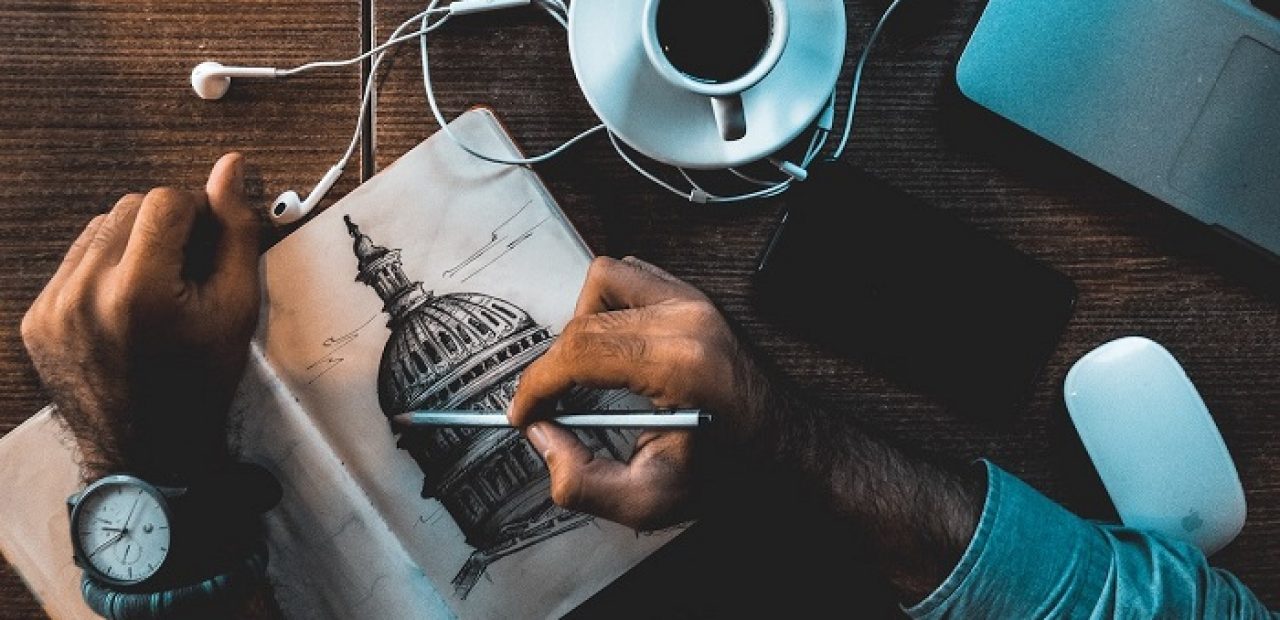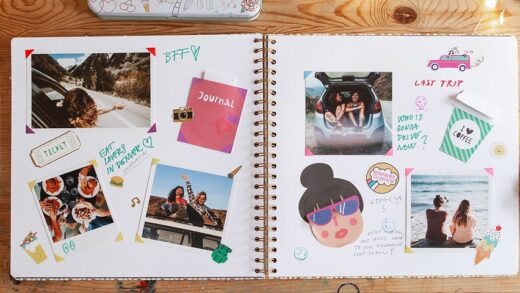Tips for Choosing the Best Art Pencils for Sketching
The humble graphite pencil might be the simplest of the drawing tools, yet it can be an intimidating experience to buy the right one. When you go to the art store, the wide range of pencils available may be overwhelming. Well, unless you know exactly what type of pencils you should go for, of course.
In case you are a beginner, learning which type of pencils for art is best can involve a long period of trial and error. Luckily, pencils are relatively inexpensive compared to other art tools, so you can experiment with them until you discover what suits your art style best. To make shopping easier for you, this article will try to sum it all up.
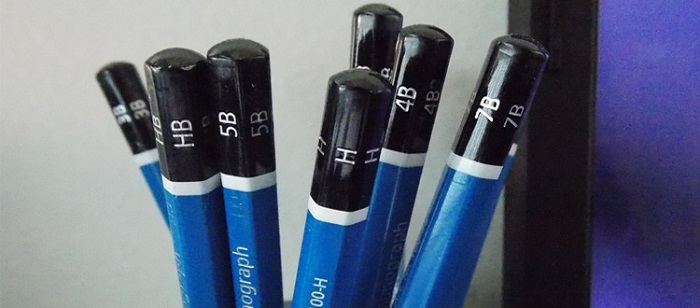
Source: Conceptartempire
Contents
What Are the Best Art Pencils for Beginners?
Artists mostly use more than one type of pencil for their sketches and it’s a good idea for you to have a range of options, too. Simply said, you will need one type of pencil to create the outline, a different for shading and a different one for adding texture.
That being said, you will need to buy different grades of pencils. To make it easier for you, you can simply find sets of pencils for art with different grades. This way, you can see what you can achieve with the different options and figure out the grades that you most commonly need to use. Speaking of grades.
What Does Pencil Grade Mean?
Pencils have a body made of powdered graphite mixed with clay, which gives a pencil different hardness. The type of graphite is usually soft and pliable. While writing/drawing graphite leaves a small, smooth, shiny imprint on the paper. The pencil grade applies to the hardness and texture of the graphite.
- Different graphite grades are:
H for hard: An H grade pencil has more clay in its lead which allows it to make lighter, finer lines. If the number on the pencil is higher, the lead is lighter, and vice versa. For instance, a 9H pencil is the lightest (and also the hardest) H option out there. Pus, H leads don’t smudge easily. - B for blackness: A B grade pencil has more graphite and that allows it to make bolder darker lines. The higher the number, the softer and darker the lead will be. Considering this, a 9B pencil is the softest and blackest option available. B leads blur easily when drawing but are also easier to erase.
- F for point: An F grade pencil grade can produce darker and lighter lines but without extremes. F pencils are also called “fine” pencils as they can stay sharp for a longer time.
The number in front of the letters reveals how soft or hard the pencil is, for example – a 4H pencil is harder than a 2H, while 4B is softer than 2B.
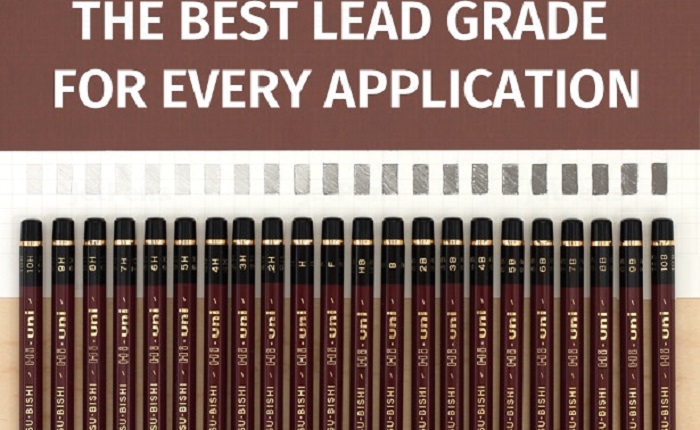
Source: Jetpens
What Pencil Grade Do You Need?
Once you’ve learned what artists pencil grades are for, it’s easier to pick the right pencils for your technique. A few tips to help you further:
H leads: H leads are smudge-free and create clean and clear lines, therefore they are good for outlines, technical drawings and light sketches. One disadvantage though – hard leads tend to be scratchy when you move up the scale.
B leads: B leads smudge easily, but are easy to erase. Artists can take advantage of their brush-like expressions and use B leads for shading They are suitable for creating texture and tonal range.
F leads: These leads are perfect for drawing fine details and writing.
Clutch Pencils
A clutch pencil is also known as a propelling or mechanical pencil – it is a pencil with a mechanically expendable lead that can be re-filled and put back. The lead comes in all the grade ranges as normal pencils. The only difference is that it doesn’t need sharpening.
Mechanical art pencils are often used for technical drawing as they provide the same, constant thickness, but many experienced artists use them for creative drawing as well. The only disadvantage to keep in mind is that leads can break easily and it takes extra caution. Although initially inexpensive to buy a mechanical pencil, refills come at a higher price.
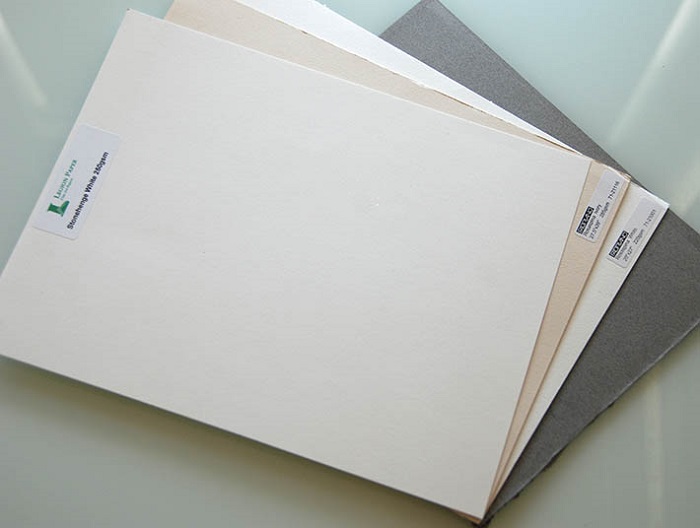
Source: Craftsy
Consider the Paper Too
Pencils will act differently depending on the paper they’re used on. All types of paper have something called “a tooth” which refers to their surface texture. Paper tooth varies from rough to smooth. For detailed pencil drawings, the smooth paper will be the best option. Bristol Board is also recommended. But if you’re creating expressive, tonal art, rough paper options like Cartridge is the right solution as it holds more pigment.

